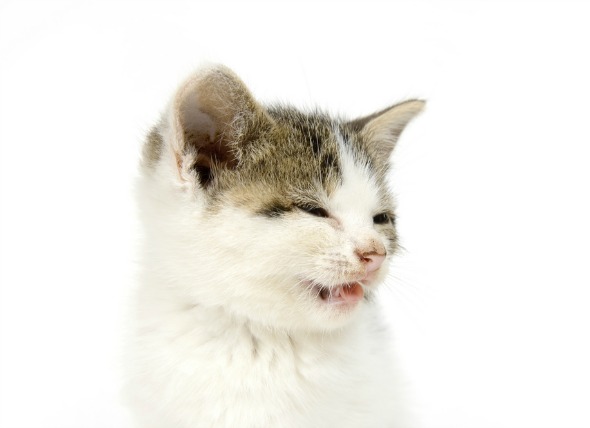Cat allergies can be very heartbreaking to a lover of cats. Sneezing, tearing eyes, nose running, sinus pain, hives, and other symptoms can be mild and annoying or severe and life threatening. In actuality, if the symptoms are very severe and the cause is researched and found to be cats, finding the cat a new place to live could turn out to be the best solution. However if the symptoms are mild, there is hope. There are processes to at least offset the discomforts of cat allergies and live with a cat, and immunotherapy offers desensitization from an allergen.
Various symptoms of allergies can take on a number of forms. Most common nose symptoms which can include itching, sneezing and congestion. Eye symptoms can include redness, itching, swelling and watering. Throat symptoms include post-nasal drip, itching or hoarseness and the need to clear the throat often. Skin symptoms can involve an itchy rash or hives. Ear symptoms can include itching, plugging or popping in the ear. There can be more serious symptoms which involve the lungs. Symptoms with the lungs can include hacking, wheezing, tightness in the chest, bouts with bronchitis and inability to catch their breath.
Cat allergen, the allergy causing stuff from cats, is not cat hair, but rather a protein present in the cat dander and saliva. These allergens get to be airborne as microscopic particles, which when breathed into the nose or lungs can produce allergic reactions.
The main reason why people can get a new pet and not develop any of these symptoms until much later is due to the amount of time required to produce these antibodies. It can take anywhere from three weeks to three years for the body to build up sufficient amounts of the specific antibody so that an allergen can cross-link two identical antigens. This cross-linkage is the signal to mast cells to spill their contents, which results in the typical allergy symptoms.
Immunotherapy is the usual and very effective way to work around a cat allergy. Immunotherapy will gradually make a person more and more resistant to the allergens. The goal of immunotherapy is to increase the tolerance ten-fold. This is one of the most effective remedies because it treats the cause and doesn't just mask the symptoms.
It is a moral crime and heartless for any indoor cat to be put out. In addition to the diseases and illnesses that can be caught out of doors, the indoor cat has no experience fending for itself outdoors and so many times it is unable to protect against cars, animals, and other hazards or to effectively search for food.

 Eye Inflammation (Conjunctivitis) in Cats
Conjunctivitis in Cats
Conjunctivitis refers to t
Eye Inflammation (Conjunctivitis) in Cats
Conjunctivitis in Cats
Conjunctivitis refers to t
 Lymphoma in Cats
Cancer of the Lymphocytes in Cats
Lymphoma
Lymphoma in Cats
Cancer of the Lymphocytes in Cats
Lymphoma
 Lead Poisoning in Cats
Lead Toxicity in Cats
Lead poisoning
Lead Poisoning in Cats
Lead Toxicity in Cats
Lead poisoning
 Collection of Fluid in the Lungs (Not Due to Heart Disease) in Cats
Noncardiogenic Pulmonary Edema in Cats
Noncardiog
Collection of Fluid in the Lungs (Not Due to Heart Disease) in Cats
Noncardiogenic Pulmonary Edema in Cats
Noncardiog
 Feline Herpesvirus 1 (FHV-1) Infection - Head Cold in Cats
Feline Rhinotracheitis Virus Infection (Coryza) in Cats
Feline Herpesvirus 1 (FHV-1) Infection - Head Cold in Cats
Feline Rhinotracheitis Virus Infection (Coryza) in Cats